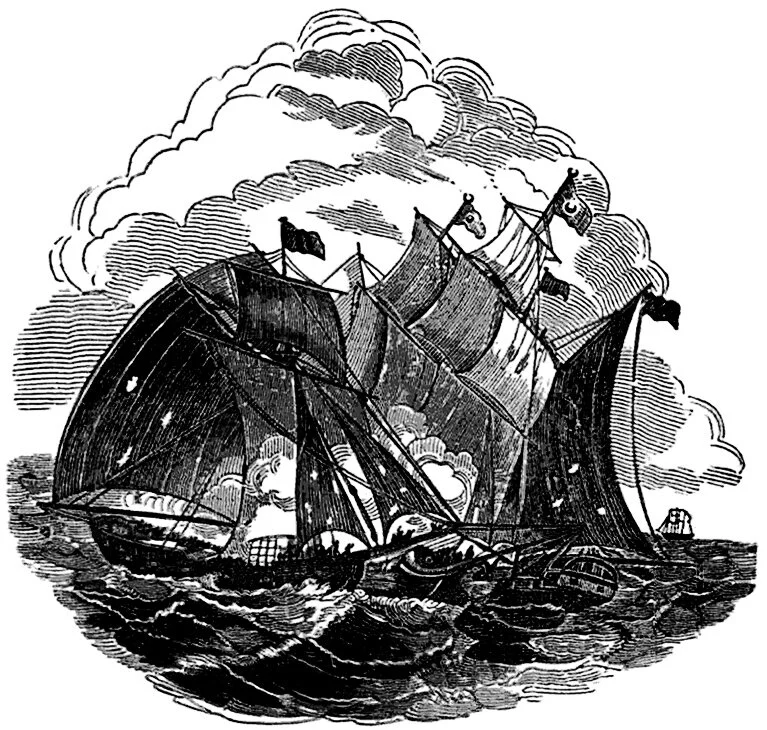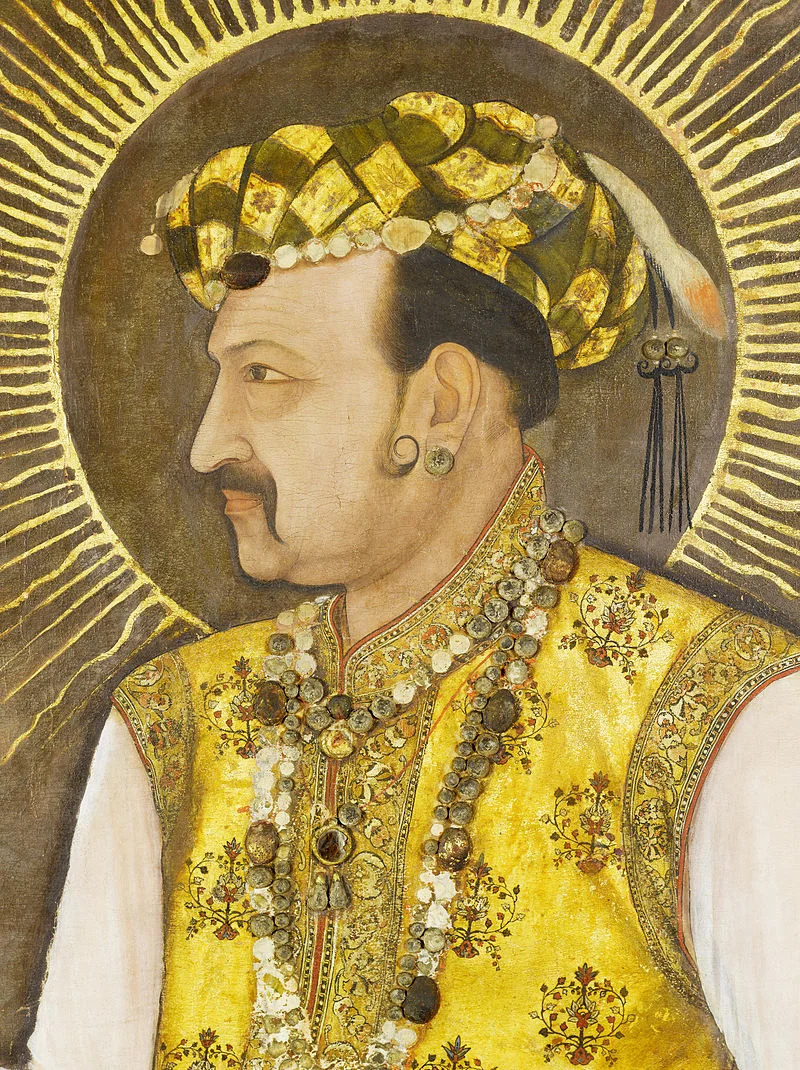European pirates in the Indian Ocean were a menace for European East India trading companies as much as Indian rulers, the Mughals and the Marathas, of the seventeenth and eighteenth centuries. In this episode, we discuss the life of pirates in the Indian Ocean and the companies that chased them, thinking of piracy as more than just thievery in the seas.
Hi.
Welcome to my blog. I document my adventures in travel, style, and food. Hope you have a nice stay!




